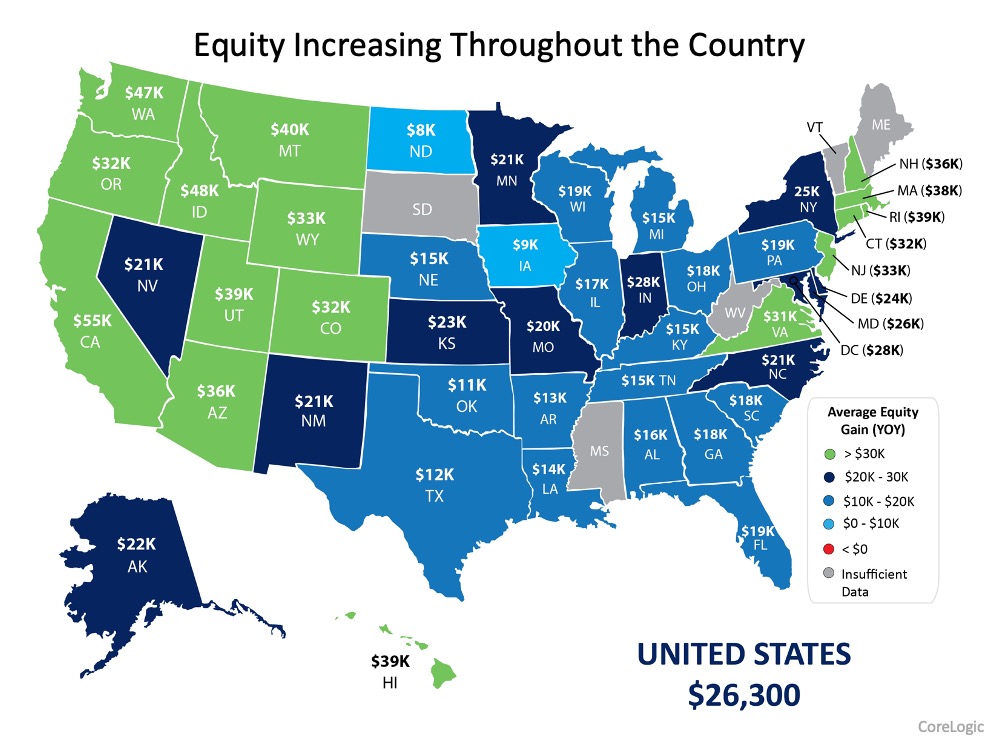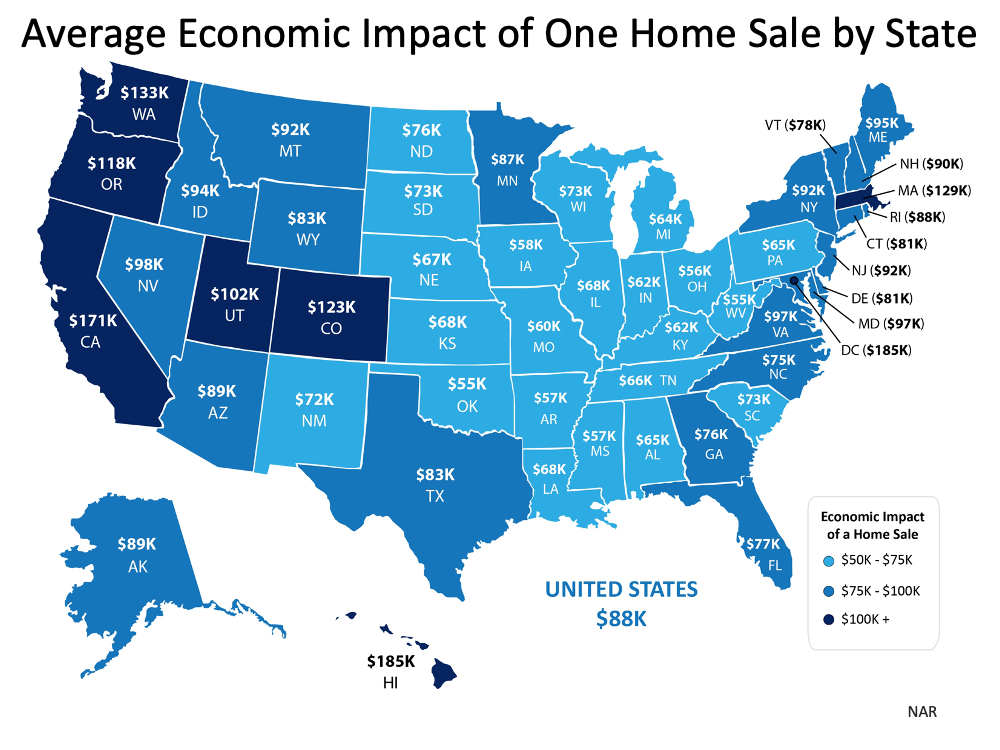Add More Kitchen Storage With Cabinet Pull-Outs!
What are Pull-Out Cabinet Storage Units?
If you’re not familiar with pull-out cabinet storage units, well, welcome to a world of storage options you may have never even imagined. Pull-out cabinet storage basically turns the inside of your cabinet into pull-out bins, often resembling drawers or racks. So instead of getting down on your knees to dig around until you finally find that one pot lid you desperately need, you need only slide the drawer open, select it from the proper spot, and go on your merry way. These are a great way to increase the usability of your kitchen cabinets, improve your kitchen organization, and generally make you feel like you’ve got some cool stuff going on behind those very average closed doors. There are several different types out there, here are the main ones:
- Trash bins. Some of the original pull-out units were designed with stashing a trash can in mind. They’re still a popular choice for cabinets with no internal drawers or plumbing in the way, since many people don’t like to leave their trash exposed. Some units will hold just one can, but others have space for an additional trash can, which can be used for things like recycling.
- Internal drawers. Internal drawers are exactly what they sound like they should be. When you open the cabinet, you’re immediately confronted with drawers hidden just inside the door. This can be handy for small items, or if you’re not entirely sure what you want to stash inside your cabinet. The enclosed construction is pretty flexible and allows you to add things like dividers, should you want to toss your entire spatula collection in one, for example.
- Pull-out racks. Metal racks are often less expensive than full-on drawers, but they are really better suited for larger items like pan lids, baking pans, pots, and the like. Closely resembling dishwasher racks, pull-out racks come in a range of designs, some with more flexibility in organization than others. They’re a great option for all those awkward things that generally get tossed in the lower cabinets, but watch the height on the bins. Some are very short, which would be bad news for top-heavy items or things you intend to stack.
Sizing Cabinet Pull-Outs
Choosing the right size of pull-out can feel a little counter-intuitive. There are several inches lost to clearance and hardware when you install a unit, so there’s a lot of temptation to choose one that’s too large and try to make it fit in order to maximize your space. This is the worst possible thing you can do. It may seem like you’re losing space, but remember that you’re adding tiers and levels of organization you could have only dreamed about in the past, so really, unless your cabinet is highly unusual, it’s a net gain.
Start by measuring the clear cabinet opening, which is the space between where the opening to your cabinet starts and where the door to the cabinet swings. If your door will move completely out of the way when opened, measure to the hinges. If it won’t, angle it so it intrudes as little as possible and measure from the open side to the door. Your final cabinet insert should be about an inch more narrow than the clear cabinet opening to allow for hardware. You’ll also want to measure the depth of the cabinet from the inside of the cabinet face to the back side of the unit. The goal is for the final depth to allow for the door to shut over your pull-out unit, concealing it completely.
Need a Hand With Your Cabinets?
If you’re not ready to take the plunge into DIY cabinetry, but you’d really love some more space, you can turn to your HomeKeepr family for some help. Just ask the community for a recommendation for a handyman, cabinetry specialist, or general contractor near you. You’ll be amazed at how much more you can do in your kitchen when it’s done!









